
Book a Consultation
Thank you!
Your form has been sent successfully.

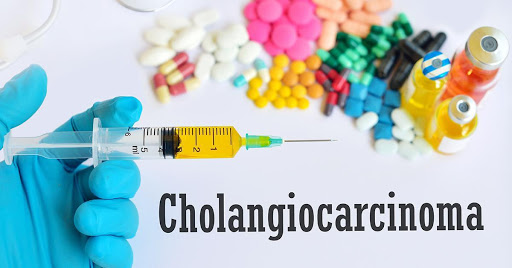

March 25, 2021
An ailment that usually strikes adults who are over 65 years of age, cholangiocarcinoma can rightfully stir enormous panic. Read on to understand the fundamentals of this deadly disease so that you are better prepared for dealing with it.
One of the most integral elements of excellent digestion is a fluid that goes by the name of bile. Your liver is responsible for producing it and it is then stockpiled in the gallbladder. Bile is crucial because it is used to process fats. It flows through a set of narrow pipes, known as bile ducts, that stretch all the way to the small intestines. They also are the backdrop for cholangiocarcinoma. Malignancy can show up anywhere throughout the length of the ducts. Depending on the site of the cancerous growth, this disease is categorized as one of the following three types:
Intrahepatic – These growths occur in the portion that resides in the liver
Perihilar – Here the malignant growth is at the point where the tubes leave the liver
Distal – Malignancies that occur towards the lower end of the tubes, closer to the small intestines.
Symptoms:
Jaundice – This is the easiest to spot as it leads to the sallow skin as well as dark colored urine. This outcome occurs when an unusual cancerous growth obstructs the ducts, hampering the biliary flow and making it accumulate in the bloodstream.
Excessive Itching – Skin that is itchy without any visible reason is another sign to be watchful for. Such a condition occurs due to an aggregation of bile salts in the skin.
Abdominal Pain - When in its later stages, this disease can cause abdominal pain as a tumor grows in size and pushes on the rest of the organs that surround it.
Loss Of Appetite – A sign that is consistent across all forms of cancer, loss of appetite without any perceptible reason is also a symptom in this condition.
Drastic Drop In Weight – If there has been a rapid and effortless decrease of weight, this can signal a malignancy in the biliary ducts.
Fever – A high-grade temperature that does not subside could also be an indication.
Risk Factors:
Stones in the ducts trigger inflammation which could act as a precursor to carcinoma.
Liver infections caused by consumption of raw or under-cooked fish can increase your risk.
A scarred liver due to alcoholism or as a consequence of diseases like hepatitis can pave the way for cancer too.
Inflammatory bowel issues like ulcerative colitis, which cause inflammation and the formation of scar tissue can increase the risk of carcinoma.
Obesity makes it easier for stones to form, therefore, increasing the probability of cancer.
Treatment Options: There are a few standard treatment options for dealing with cholangiocarcinoma. These are:
Surgical Intervention – If the malignant growth is isolated and it is possible to extract it without harming the adjacent healthy tissue, then your oncologist may consider surgery. A successful operation, in this case, may result in eradicating cancer.
Endoscopic Stent Surgery – This procedure may be considered to alleviate the symptoms. Using a stent, a surgeon will remove the bile that has accumulated in the area due to the blockage caused by a tumor.
Radiation Therapy – High-intensity x-rays are used to zap cancer cells. This procedure helps in killing abnormal cells as well as stopping them from multiplying.
Chemotherapy - As part of this method, strong medications are used to beat cancer cells. Chemo drugs are either given orally or intravenously. By knowing what signals to look out for and reporting any such symptoms quickly, you can help your doctor catch cholangiocarcinoma as early as possible, therefore, improving your chances of recovery.
For more information on various types of cancers and their treatments, please visit our website – Advanced Cancer Treatment Centers

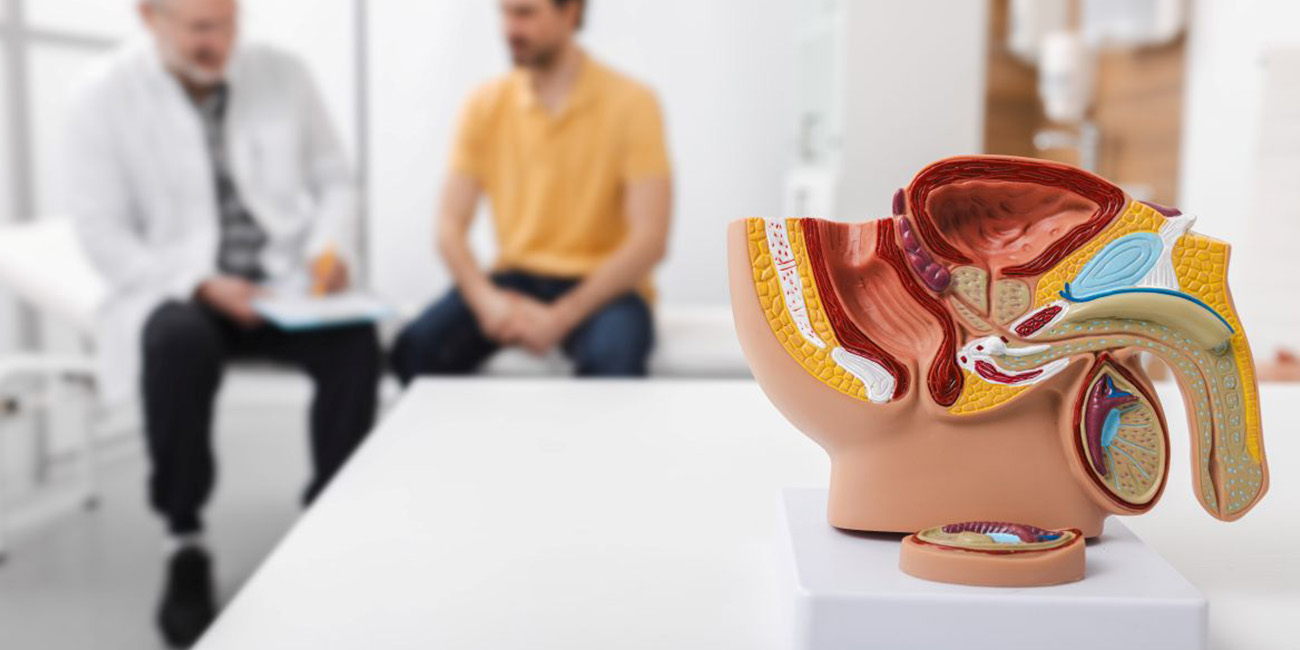
December 24, 2025
It's natural to wonder if testosterone replacement therapy (TRT) is sa...
KNOW MORE

December 24, 2025
A rash that will not calm down is scary, especially when it changes or...
KNOW MORE
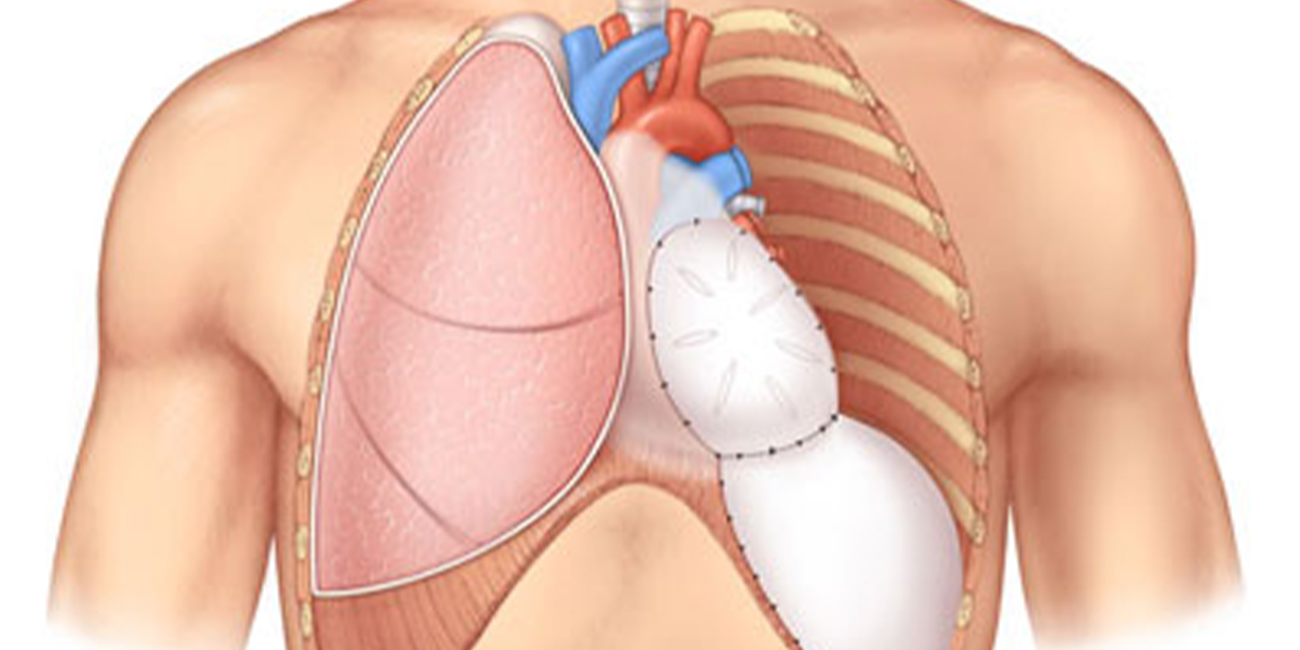
December 24, 2025
Florida’s lung cancer burden remains significant and affects many fa...
KNOW MORE
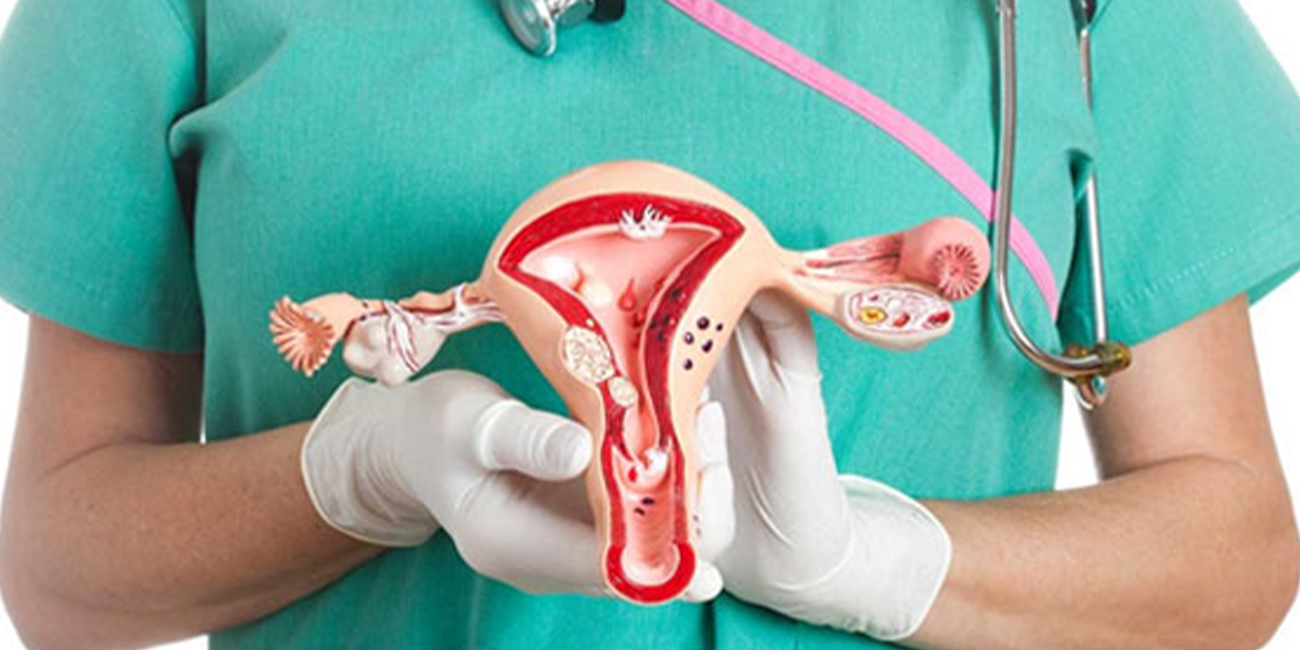
December 24, 2025
A partial hysterectomy, also called a supracervical hysterectomy, is s...
KNOW MORE
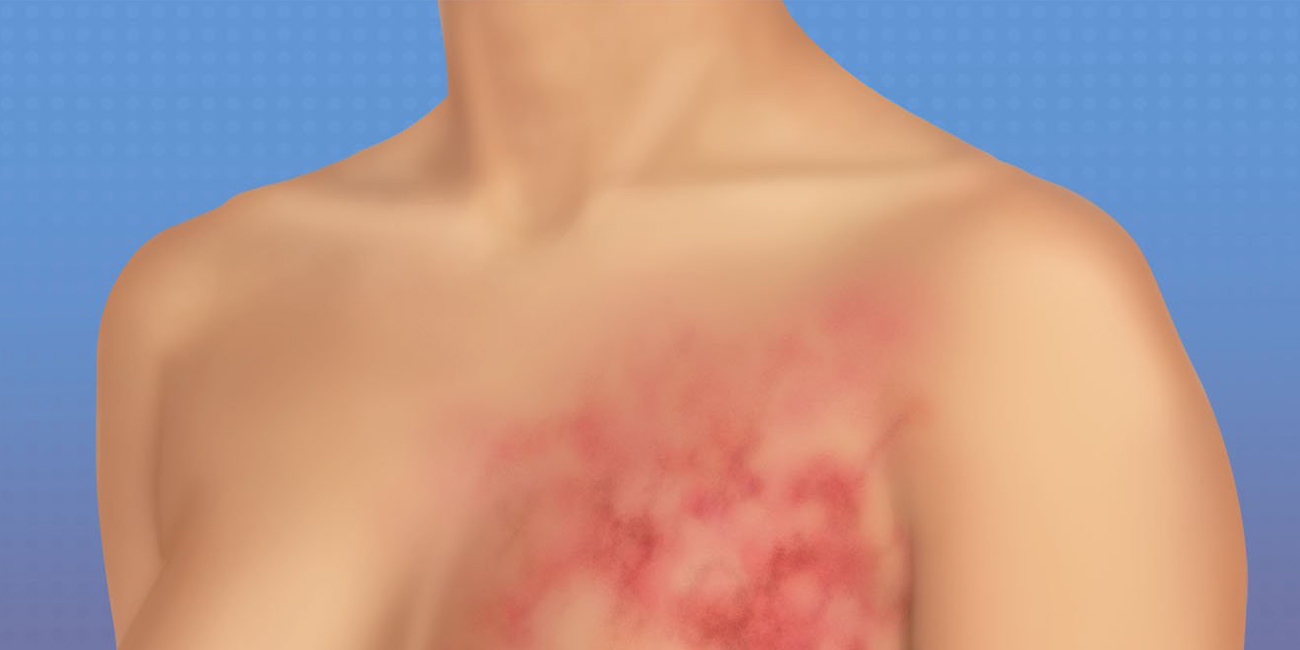
December 24, 2025
Finding a rash on your breast can be unsettling, but remember, many ra...
KNOW MORE
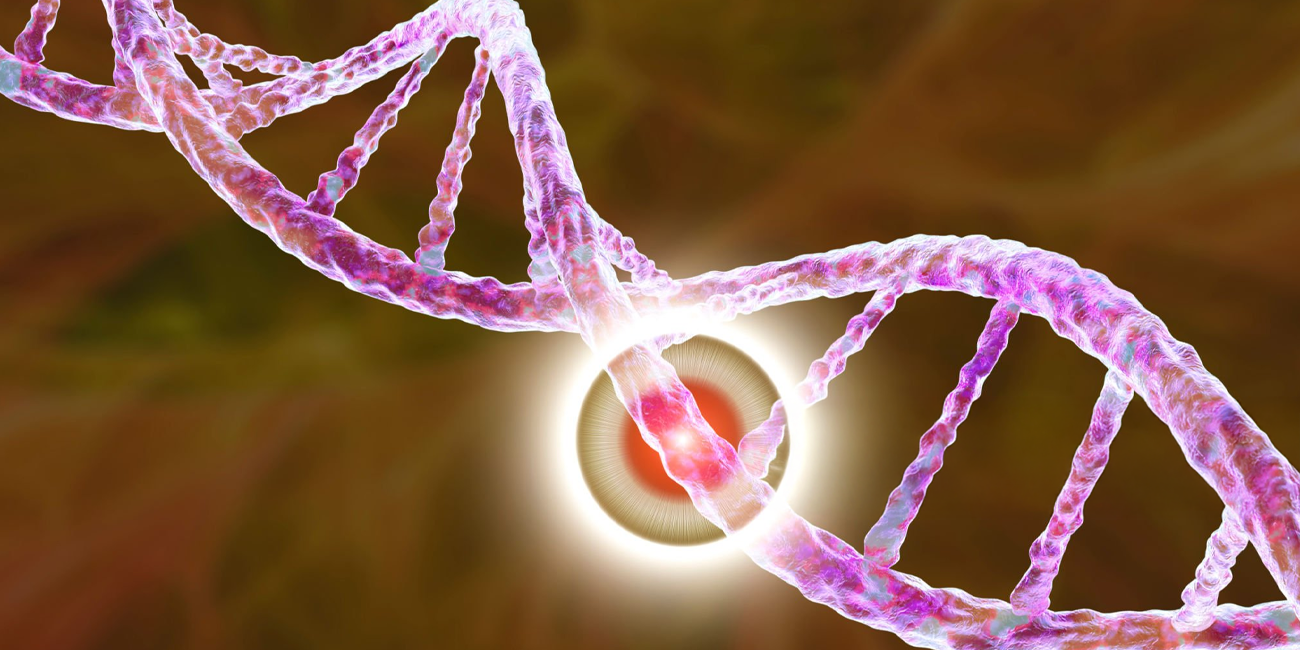
December 16, 2025
Hearing a HER2 gene mutation on a report can feel scary, but it also p...
KNOW MORE
